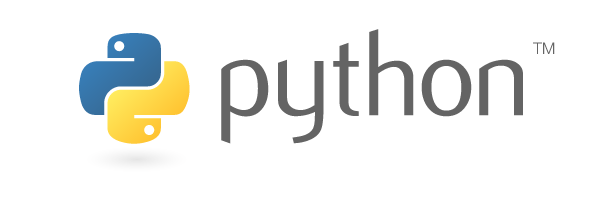
Chapter 1: Understanding Python display function
In this chapter you will learn some Python basics, such as using the print function to display output.
Chapter 2: Formatting Output with the print Function
You can perform various output formatting features by using the print function.
Chapter 3: What is Python Used For?
When I need to build a web app, I reach for the Python programming language.
When I need to automate some small task on my system, I reach for Python.
When I want to find the most common colors in an image, I reach for Python.
Chapter 4: Setup for Android Application development using Python
Android is getting popular among mobile users very rapidly, and the fact that Android’s user base is increasing the demand for more usable applications on Android is increasing too.
Chapter 5: Writing the First Android Application in Python
You will write a very simplest version of hello world, this application will ask your name and then it will greet you.
Chapter 6: MySQL with Python
In this Article you will learn how to use a widely used database management system called MySQL in Python.
Chapter 7:Python Networking Programming
Python plays an important role in network programming.
Chapter 8: Python Multithreaded Programming
When programmers run a simple program of Python, execution starts at the first line and proceeds line-by-line. Also, functions and loops may be the reason for program execution to jump but it is fairly easy to see its working procedures and which line will be next executed.
Chapter 9: Python CGI Programming
As the name suggests, CGI means "Common" gateway interface for everything. CGI is one of the important parts of HTTP (Hyper-Text Transfer Protocol).
Chapter 10: Python Metaprogramming
One of the most important things that programmers should keep in mind is "do not repeat yourself".
Chapter 11: Python Data Processing and Encoding
Data can be presented in different kinds of encoding such as CSV, XML, and JSON etc. For each case the processing format is different.
Chapter 12 : Machine Learning with Python
In machine learning, support vector machines (SVMs, also support vector networks) are supervised learning models with associated learning algorithms that analyze data used for classification and regression analysis.
Chapter 13: NumPy in Python
This article will help you get acquainted with the widely used array-processing library in Python, NumPy.
Chapter 14: Data analysis and Visualization with Python
Python is a great language for doing data analysis, primarily because of the fantastic ecosystem of data-centric Python packages.
Chapter 15: Learning Model Building in Scikit-learn : A Python Machine Learning Library
scikit-learn is an open source Python library that implements a range of machine learning, pre-processing, cross-validation and visualization algorithms using a unified interface.
Chapter 16: Digital Image Processing Basics
Digital Image Processing means processing digital image by means of a digital computer. We can also say that it is a use of computer algorithms, in order to get enhanced image either to extract some useful information.
Chapter 17: Simple Chat Room using Python
This article demonstrates – How to set up a simple Chat Room server and allow multiple clients to connect to it using a client-side script.
Chapter 18: Speech Recognition in Python using Google Speech API
Speech Recognition is an important feature in several applications used such as home automation, artificial intelligence, etc.
Chapter 19 : Convert Text to Speech in Python
There are several APIs available to convert text to speech in python. One of such APIs is the Google Text to Speech API commonly known as the gTTS API.
Chapter 20: YouTube Media/Audio Download using Python
This tutorial will help you download youtube video or audio with python using pafy library. Pafy library is used to retrieve YouTube content and metadata.